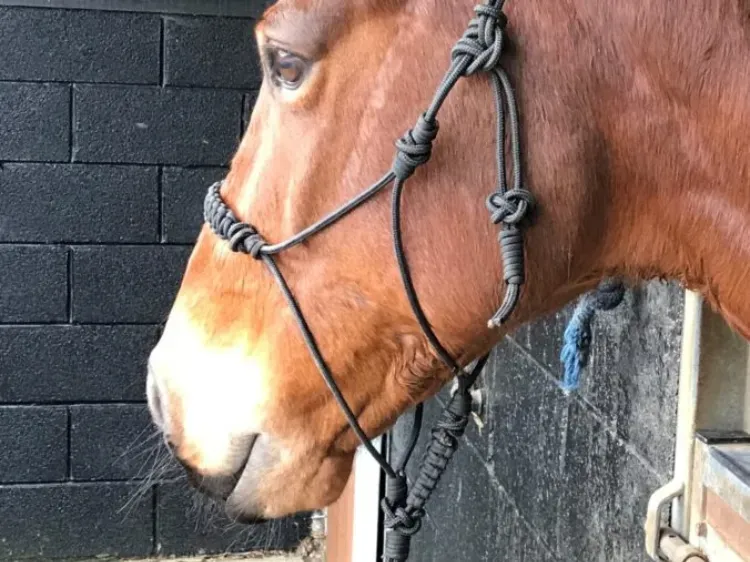
Know the best materials for constructing halters and the type of halter you require for your horse. Two halters might appear the same but the differences between a good halter and a poor halter will quickly emerge with use. I make my own bespoke halters but good halters can be purchased.
Why do I make bespoke Halters?
- They are very smart and I use different colours and noseband weaves.
- Depending on requirements, I can alter the thickness of the halters from 6mm to 8mm.
- I can make nosebands with 2 to 4 knots.
- I have halters tailor-made for my requirements.
The materials I use to make halters
- Double braided yachting chord for the halter,
- 550 paracord for the braiding on the nosebands.
The double braided yachting chord is a little stiffer than paracord. I find that this does not interfere with commands from the attached lunge or rope. The halters fit snugly in a medium sized pocket and this is handy.
Avoid cheap imitations
Inferior yachting chord and imitation paracord can be obtained cheaply from China. I do not recommend buying cheap imitations. Use products imported from authentic USA sources manufacturing ropes for the US military.
Cheap imitations stretch and fade. The braiding is inferior and easily deteriorates. This happens where knots are made and where ropes are attached for leading and lunging.
Maintenance advantages of halters
- They are extremely resistant to fading and can put in washing machines. It is extremely hard or impossible to tell the difference between a new halter and a halter out of the washing machine.
- In the washing machine they do not make a noise as there are no metal bits.
- There are very hard wearing and durable.
Practical advantages of halters
- 6mm and 8mm halters fit snuggly under bridles.
- They can be slipped off over the ears with a bridle or remain when a bridle is removed.
- More control than headcollars will be facilitated as the cord is thinner in the poll area and across the nose.
- One or two extra knots can be put into the nose band and this permits more control with an impulsive or difficult horse.
- For softer halters, nosebands can have a soft paracord weave and so can the section that goes behind the ears.
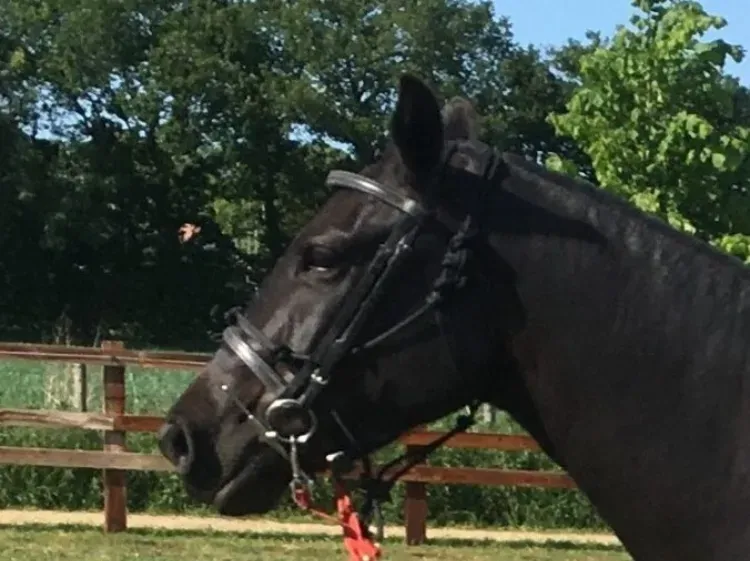
Plain black halter underneath Fergie’s bridle
This halter has a single knot in the centre of the noseband for a little extra control with young Fergie.
What makes a good rope halter?
1. The material must be authentic 550 paracord or high quality double braided polyester yachting cord.
2. The cord thickness should be no less than 6mm and does not need to be greater than 10mm.
3. There should be a fiador knot above the two loops a rope is clipped to.
4. Other knots should be double overhead loop knots.
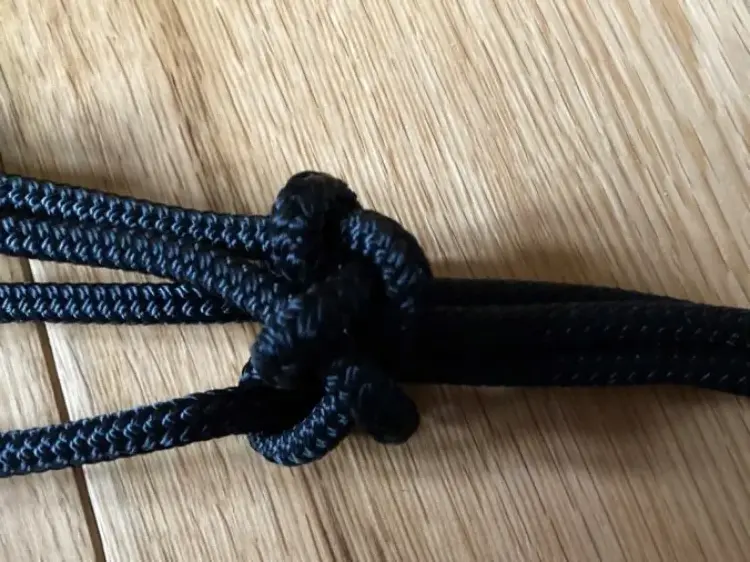
A Fiador Knot will be stylish and effective for a balanced pull
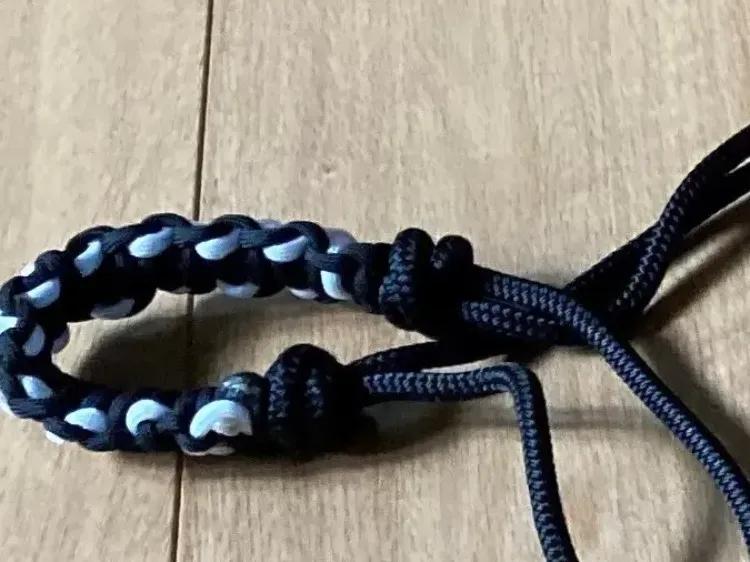
Double overhead loop knots at either end of a weaved noseband
Once you use good rope halters you will probably keep with them. They are very practical. Please tie halters so the knot lies in the loop and not above it otherwise it could wriggle loose.
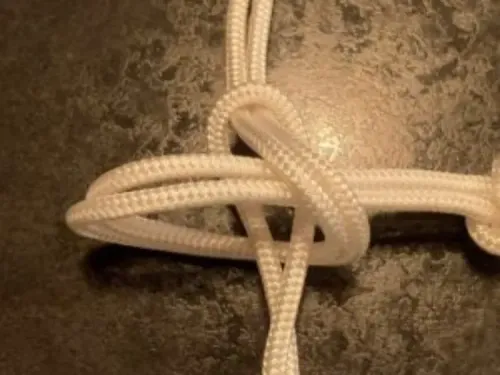
Article Suggestion
3 Stages to Safely tying Rope Halters
